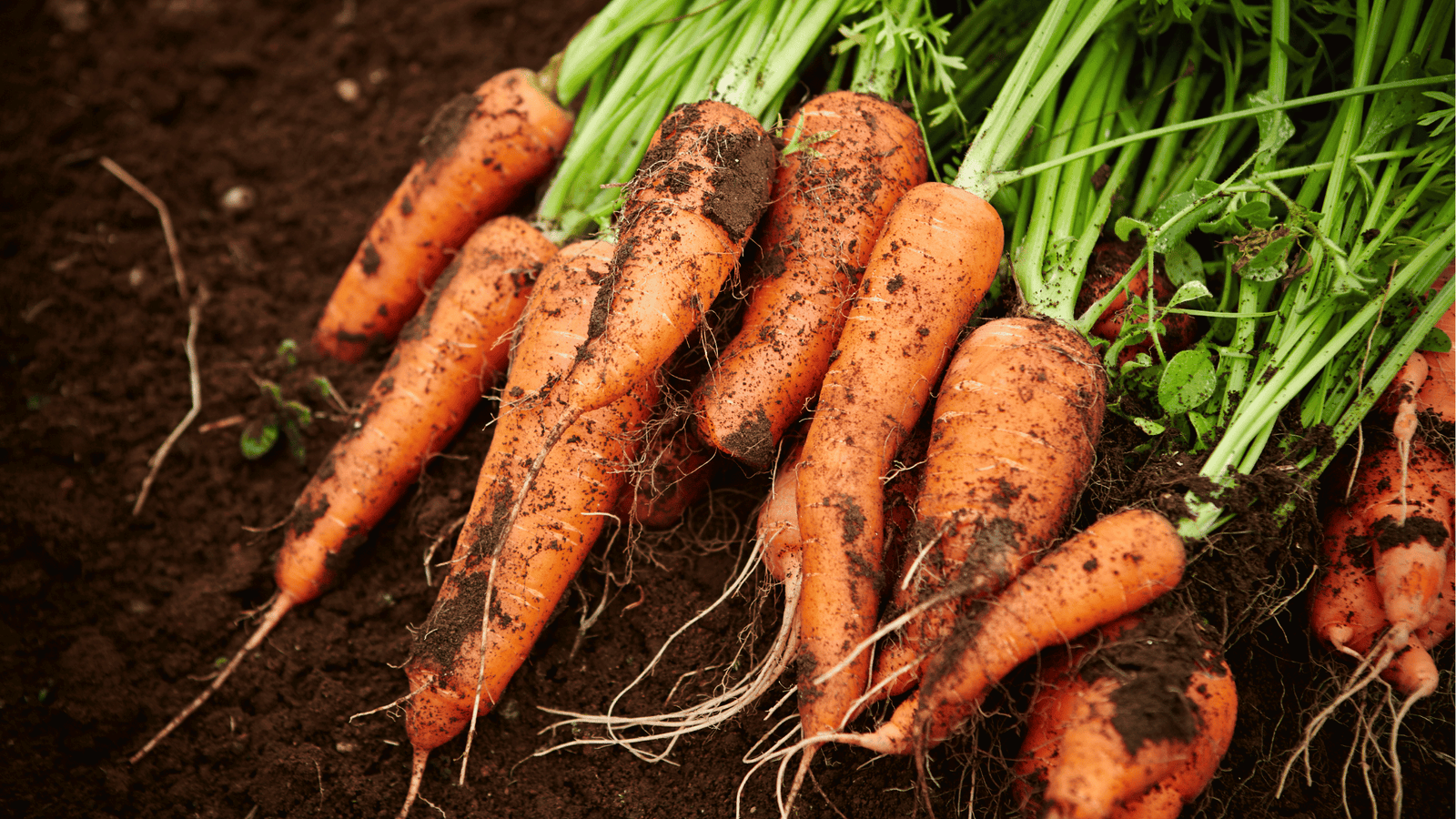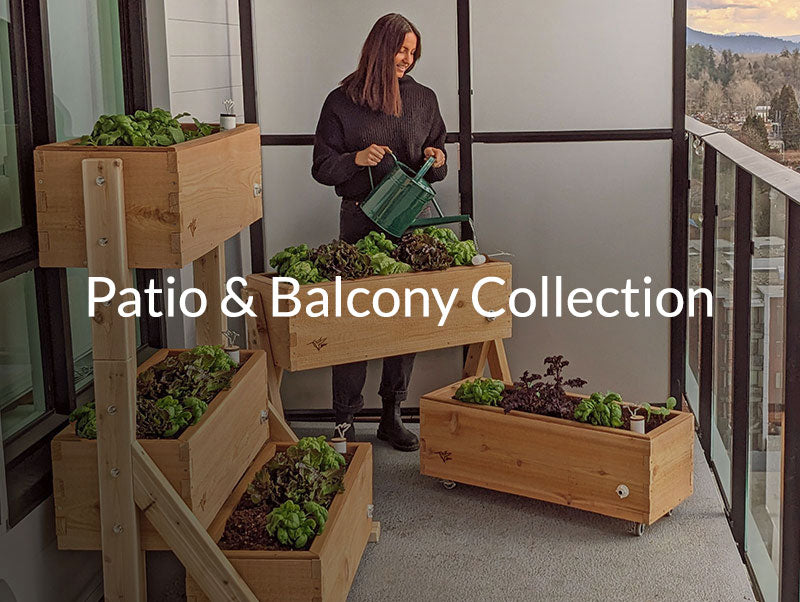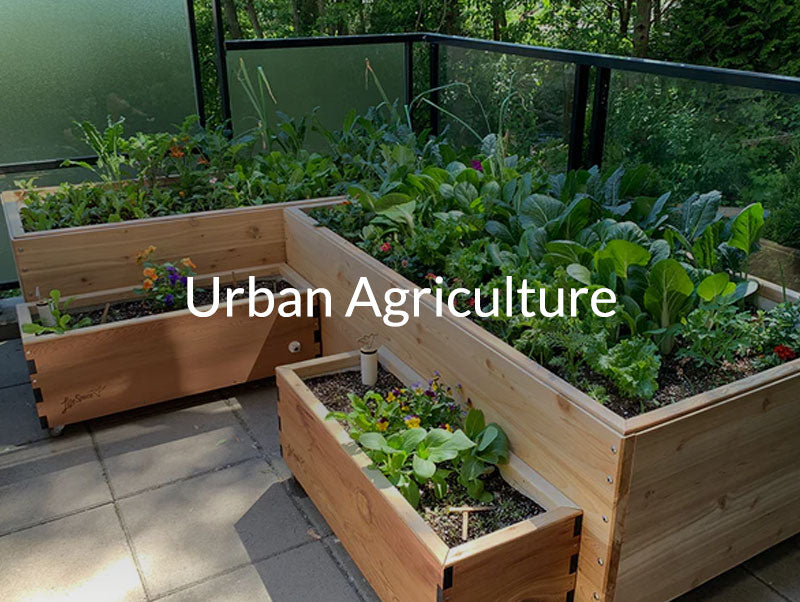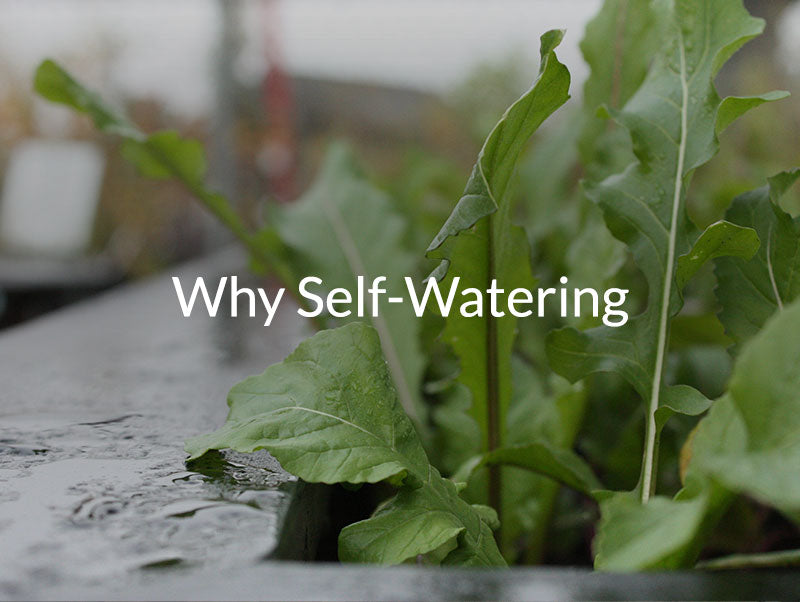Carrot Growing Guide: Direct Seeding and Care in Self-Watering Planters

Introduction
Carrots are one of the most rewarding cool-season crops, known for their versatility and sweetness. Growing carrots in SIPs and wicking beds ensures even hydration, prevents cracking, and promotes smooth, uniform roots. Using GardenWells inserts, you can easily maintain consistent moisture, making your raised beds or balcony planters nearly foolproof for carrot success.
When to Plant Carrots
-
Spring: Direct-seed carrots in March or April when soil temperatures reach at least 7°C (45°F). See the March Gardening Guide for prep strategies.
-
Summer: Continue succession sowing every 3 weeks through July for steady harvests. Visit the June Gardening Guide for SIP watering strategies during peak heat.
-
Fall/Winter: Sow a final crop in August for sweet, frost-enhanced carrots; check the September Gardening Guide for cool-season tips.
Square Foot Gardening Spacing
-
Spacing: 16 carrots per sq ft (~3” apart)
-
Depth: Sow seeds ¼” deep in loose, well-draining SIP soil mixes
How to Plant Carrots
Direct Seeding (Preferred)
-
Sow tiny seeds thinly, aiming for even spacing.
-
Keep SIP soil evenly moist until germination — carrots may take 10–21 days to sprout.
-
Once seedlings reach 2” tall, thin to about 3” apart for full-sized roots.
Transplanting (Not Recommended)
-
Carrots have delicate taproots that don’t transplant well. Always direct-seed for best results.
Watering Your Carrots
Carrots thrive on steady, shallow hydration:
-
Use your WaterStem to monitor reservoir levels — when the Hummingbird rises, your SIP is full; when it drops, refill.
-
Before establishment: Lightly top-water daily for the first 7–10 days to keep the soil surface moist.
-
After establishment: Refill reservoirs every 1–2 weeks, depending on weather and SIP capacity.
-
Mulch lightly to conserve moisture and regulate soil temperature.
Harvesting Carrots
-
Timing: Harvest 60–75 days after sowing, depending on variety.
-
Method: Gently loosen the soil before pulling roots to avoid snapping.
-
Storage: Trim greens and store carrots in damp sand or sealed containers in a cool location for lasting freshness.
Common Issues & Fixes
| Issue | Likely Cause | Solution |
|---|---|---|
| Forked or Twisted Roots | Crowding or rocky SIP mixes | Thin seedlings and use fine, stone-free soils |
| Cracked Carrots | Uneven watering | Use SIPs or wicking beds to maintain stable hydration |
| Poor Germination | Dry soil surface | Lightly mist seeds daily until sprouting |
Companion Plants for Carrots
Best companions (with cross-links):
-
Lettuce → Shares space efficiently in SIPs and shades roots.
-
Onions → Repels carrot flies naturally.
-
Radishes → Mature quickly, creating natural SIP aeration for slower-growing carrots.
-
Peas → Provide nitrogen, boosting leaf and root development.
-
Tomatoes → Taller crops create partial shade in midsummer heat.
Avoid planting with:
-
Dill → Can stunt carrot growth due to chemical interference.
-
Heavy root feeders like parsnips — they compete for nutrients and SIP space.
Product Tips
-
Compact growing spaces? Try CondoFarms self-watering planters for smooth, sweet carrots right on your balcony.
-
DIY gardeners? Turn any raised bed into a wicking bed with GardenWells inserts for stress-free hydration.
-
Larger setups? Use custom self-watering raised beds for maximum yield and consistent results.







